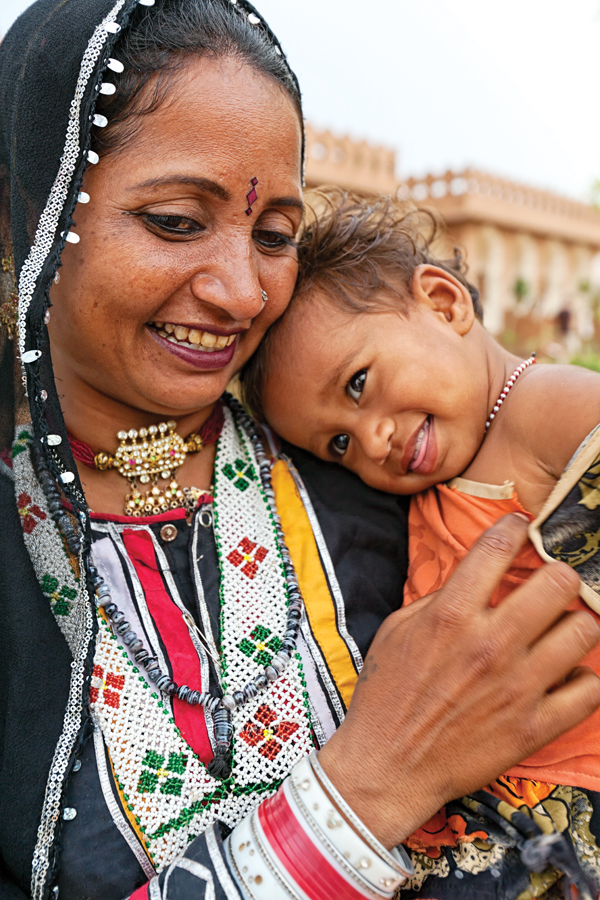Chapter Introduction
The First Two Years: Biosocial Development
- Growth in Infancy
- Body Size
- Brain Growth
- A VIEW FROM SCIENCE: Face Recognition Sleep
- OPPOSING PERSPECTIVES: Where Should Babies Sleep?
- Perceiving and Moving
- The Senses
- Motor Skills
- Dynamic Sensory-Motor Systems
- Surviving in Good Health
- Better Days Ahead
- Immunization
- Nutrition
- Sudden Infant Death Syndrome
126

127
WHAT WILL YOU KNOW?
- What part of an infant grows most in the first two years?
From two weeks after conception to two years after birth, the brain grows more rapidly than any other organ, reaching about 25 percent of its adult weight at birth and almost 75 percent of its adult weight by age 2.
- How do newborn humans differ from newborn kittens?
Physiologically, young human infants are an unusual combination of motor immaturity (they cannot walk for many months), sensory acuteness (all senses function at birth), and curiosity. In contrast, kittens can walk but are born deaf, with eyes sealed shut.
- Does immunization protect or harm babies?
Immunization protects babies not only from many illnesses but also from complications related to those illnesses, including deafness, blindness, sterility, and meningitis. Infants may react to immunization by being irritable or even feverish for a short time, but serious harm is very rare.
Our first child, Bethany, was born when I was in graduate school. I memorized developmental norms, including walking and talking at 12 months. I was delighted to hear her babble and say “mama,” but at 14 months, Bethany had not yet taken her first step.
To reassure myself, I told my husband that genes were more influential than anything we did. I had read that babies in Paris are among the latest walkers in the world, and my grandmother was French. To my relief, Bethany soon began walking, and by age 5 she was the fastest runner in her kindergarten. My genetic explanation was bolstered when our next two children, Rachel and Elissa, were also slow to walk. And my students with ancestors from Guatemala and Ghana had infants who walked before a year; those from China and Europe walked later. Genetic, I thought.
Fourteen years after Bethany, Sarah was born. I could afford a full-
“She’ll be walking by a year,” Mrs. Todd told me. “Gillian walked at 10 months.”
“We’ll see,” I graciously replied, confident of my genetic explanation.
I underestimated Mrs. Todd. She bounced my delighted baby on her lap, day after day, and spent hours giving her “walking practice.” Sarah took her first step at 12 months, late for a Todd, early for a Berger, and a humbling lesson for me.
As a scientist, I know that a single case proves nothing. My genetic explanation might be valid, since Sarah shares only half her genes with Bethany and since my daughters are only one-
Nonetheless, I see the influence of caretakers in every aspect of biosocial growth. As you read about development, you also will see that caregiving enables babies to grow, move, and learn. Development is not as straightforward and automatic, nor as genetically determined, as it once seemed. It is multidirectional and multicontextual, multicultural and plastic.